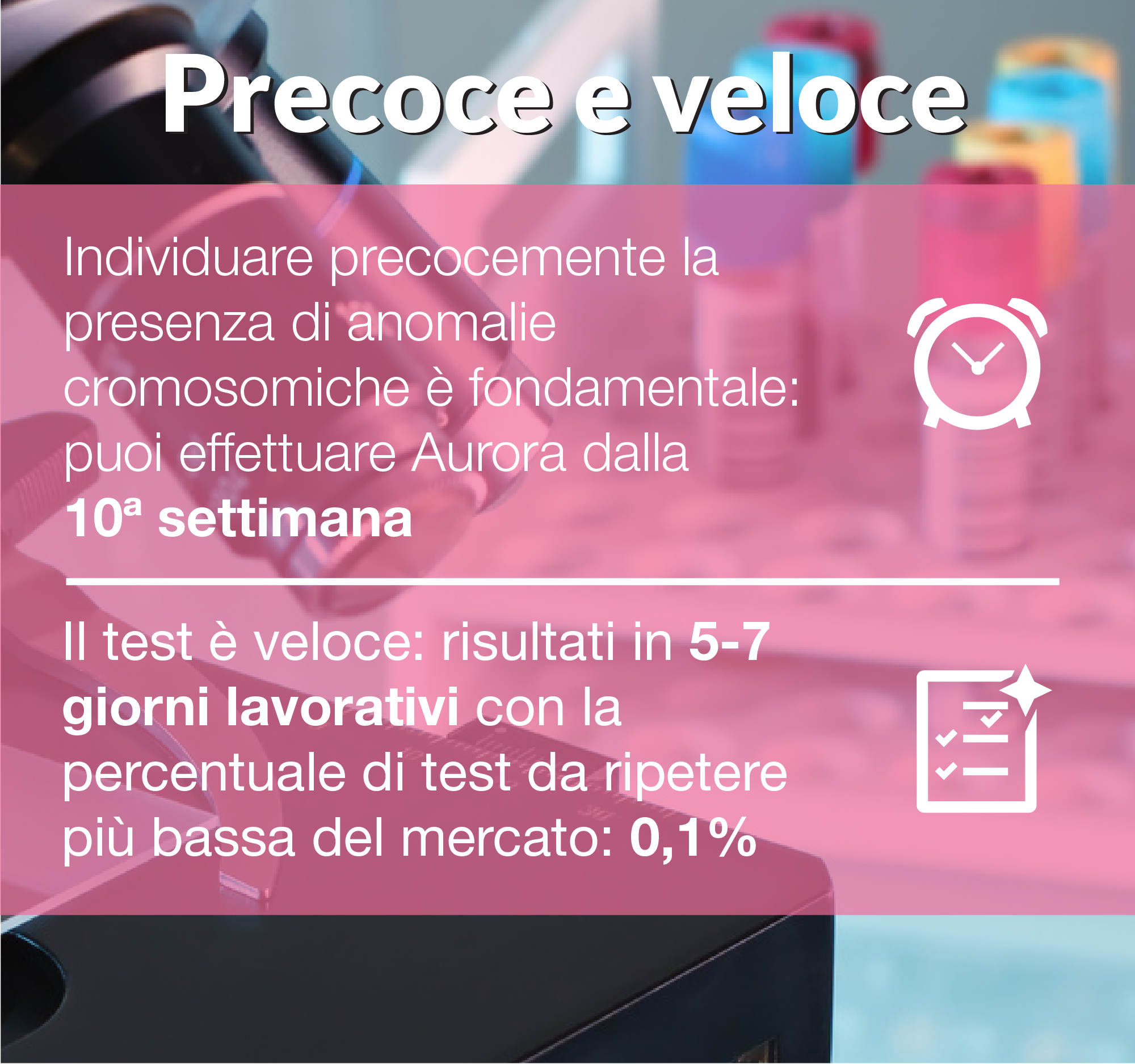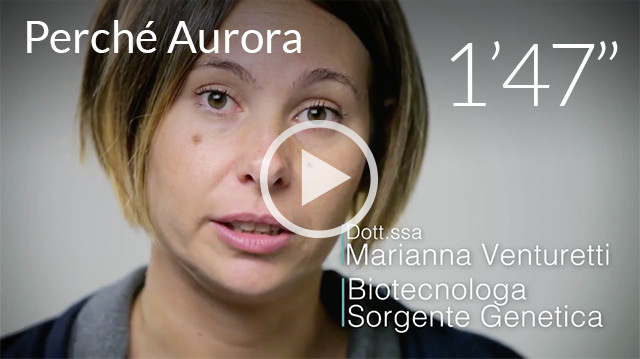A genetic test could be enough to understand if a myelodysplastic syndrome is destined to reappear. A research from the Washington University School of Medicine in St. Louis studied the methodology. According to the researchers, the test could identify patients at high risk of relapse after stem cell transplantation. In this way it would be easier to intervene immediately with specific treatments.
Traditional methods of monitoring the severity of a tumor are very subjective. For this reason, Professor Matthew J. Walter decided to use a genetic analysis. The goal is to find the abnormal cells more precisely and faster, even shortly after transplantation. In these very early stages, in fact, it is easy for the few cancer cells to hide. It is therefore more difficult to predict a possible recidivism.
Myelodysplastic syndromes are difficult to diagnose. Some individuals live together with them, without ever being diagnosed. In one third of the cases, the syndromes are more aggressive and develop into leukemia and other blood cancers. Many of these prove fatal, mainly because of the speed and the violence with which the tumor develops. The only effective treatment at the moment is stem cell transplantation, which does not always work.
For the study, the researchers sequenced the stem cell DNA of 86 patients with myelodysplastic syndromes. The analyzes took place before the transplant, so as to identify the "fingerprints" of the tumor. A month after the transplant, the researchers have again sequenced the cells of patients looking for traces of the tumor. Patients who presented these traces (53%) ran about 4 times the risk of relapse.
Of these patients, 35 had a recurrence on average 141 days after transplants. The other 51 had no problems, at least in the year of follow-up.
Source: eurekalert.org



















